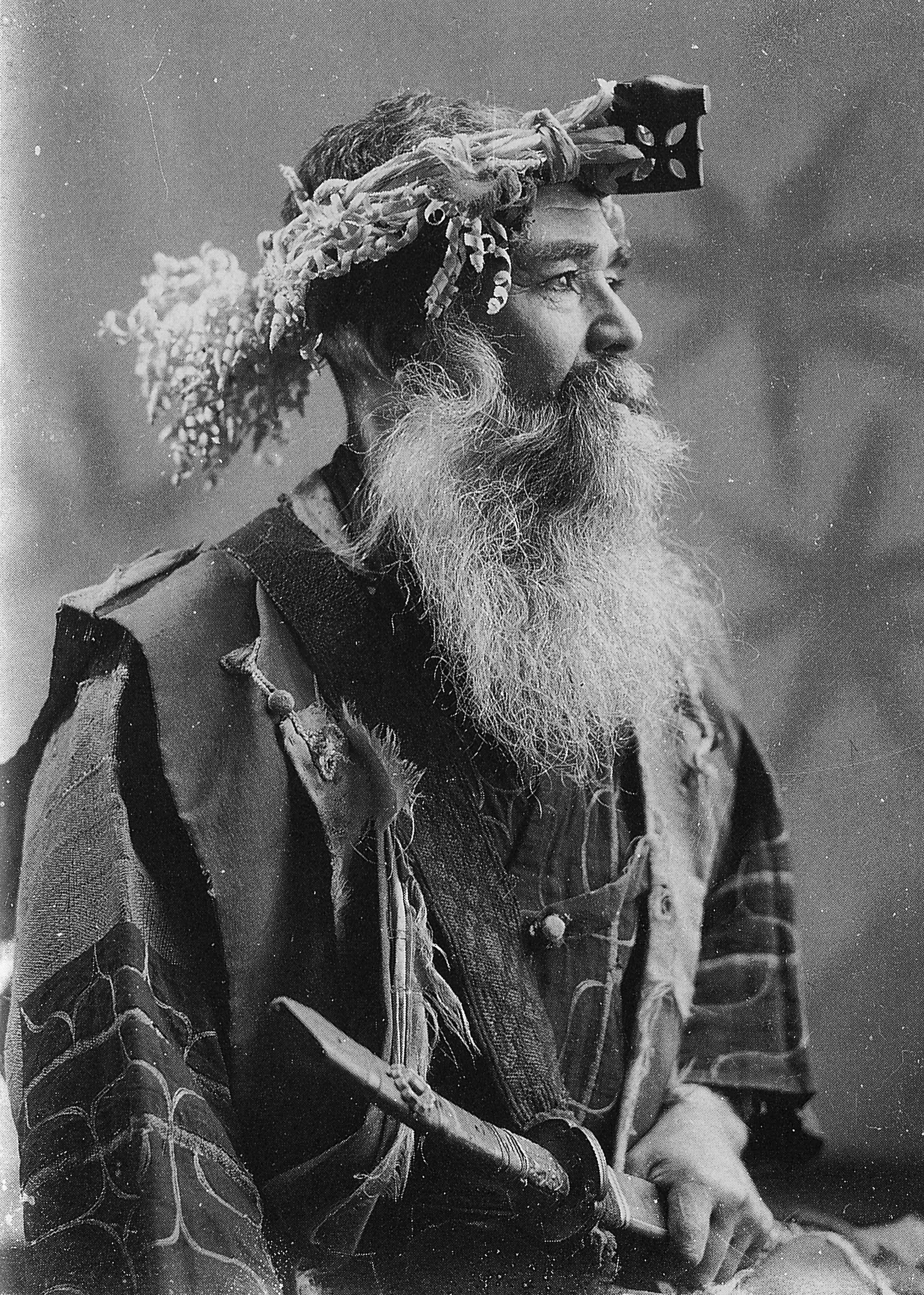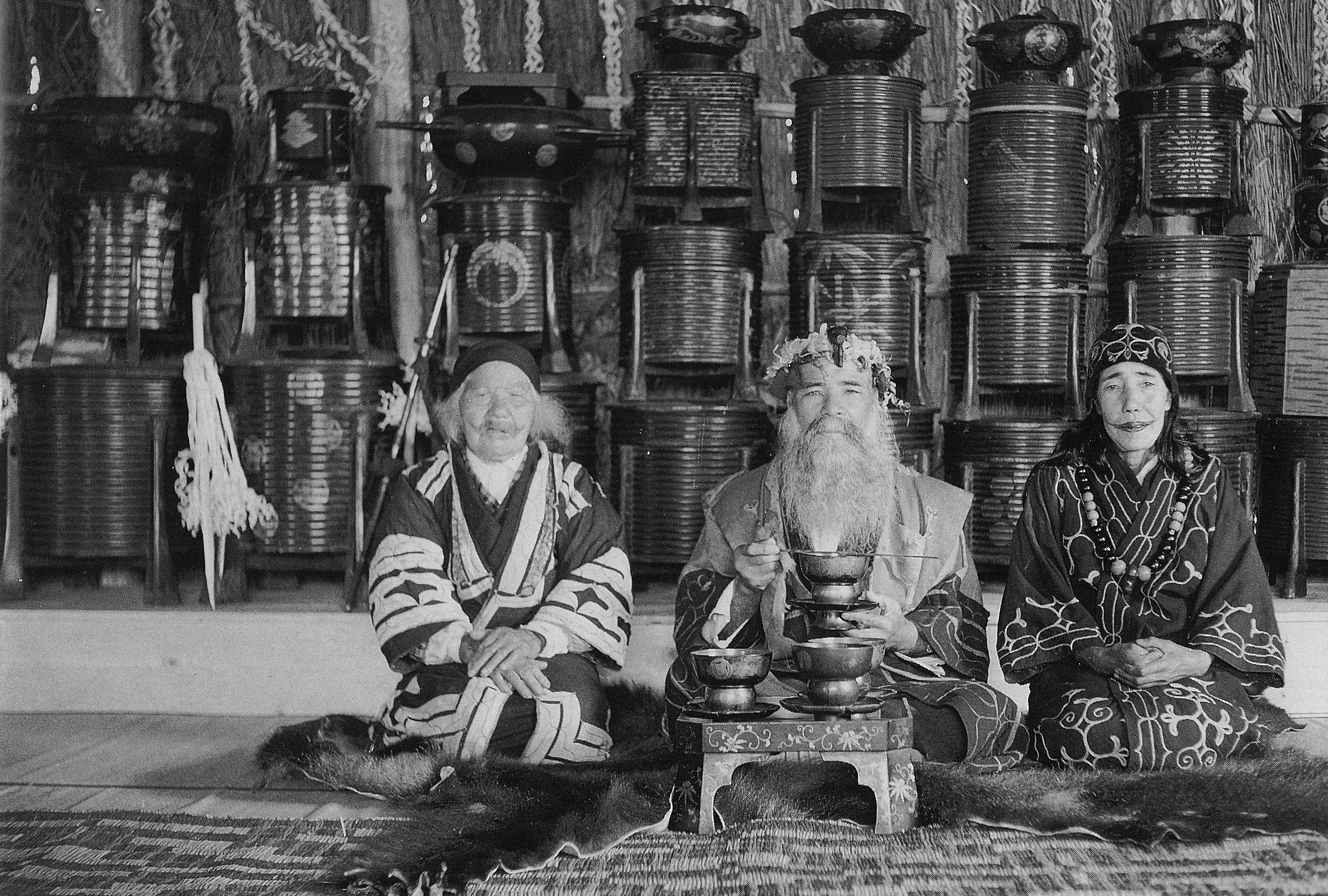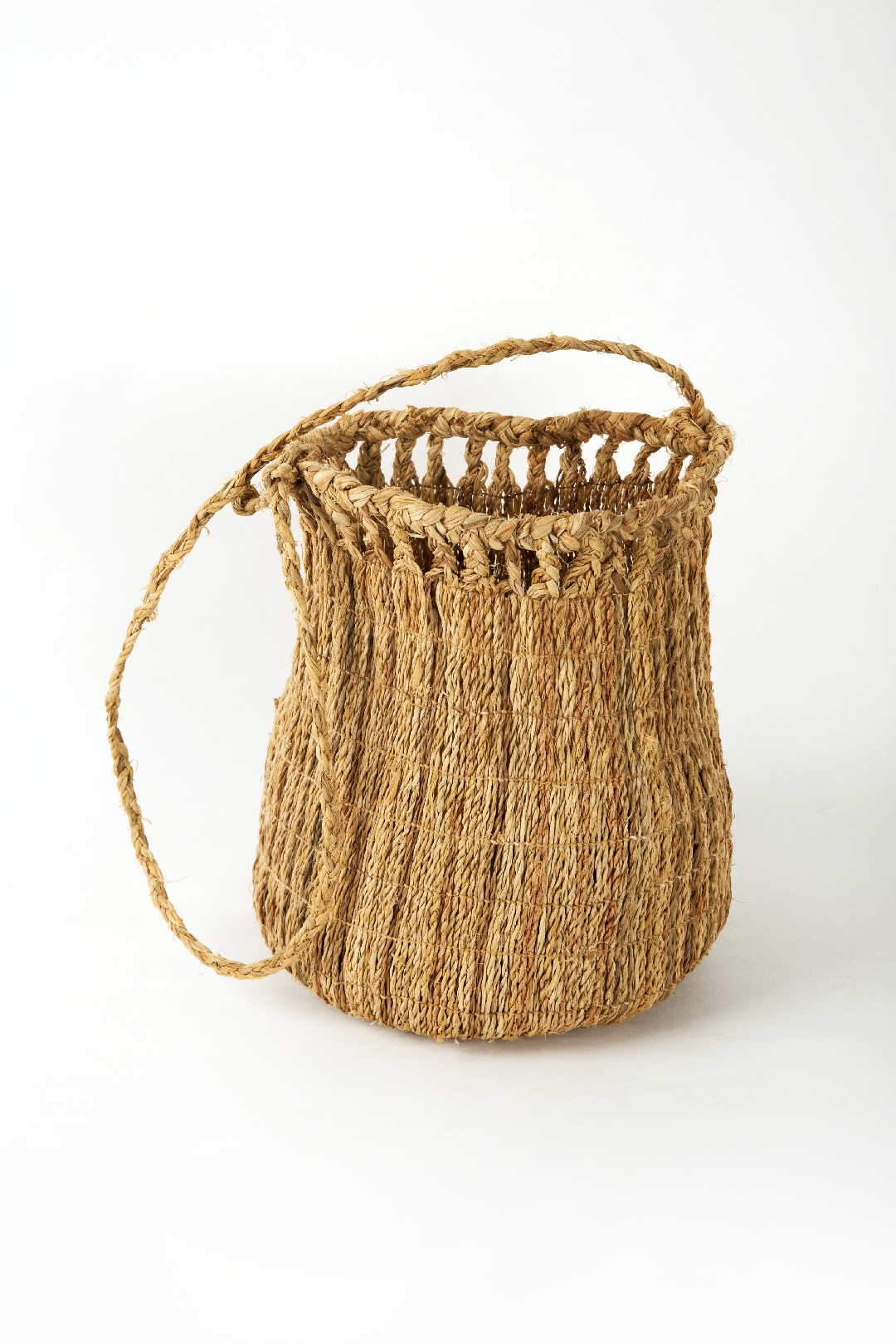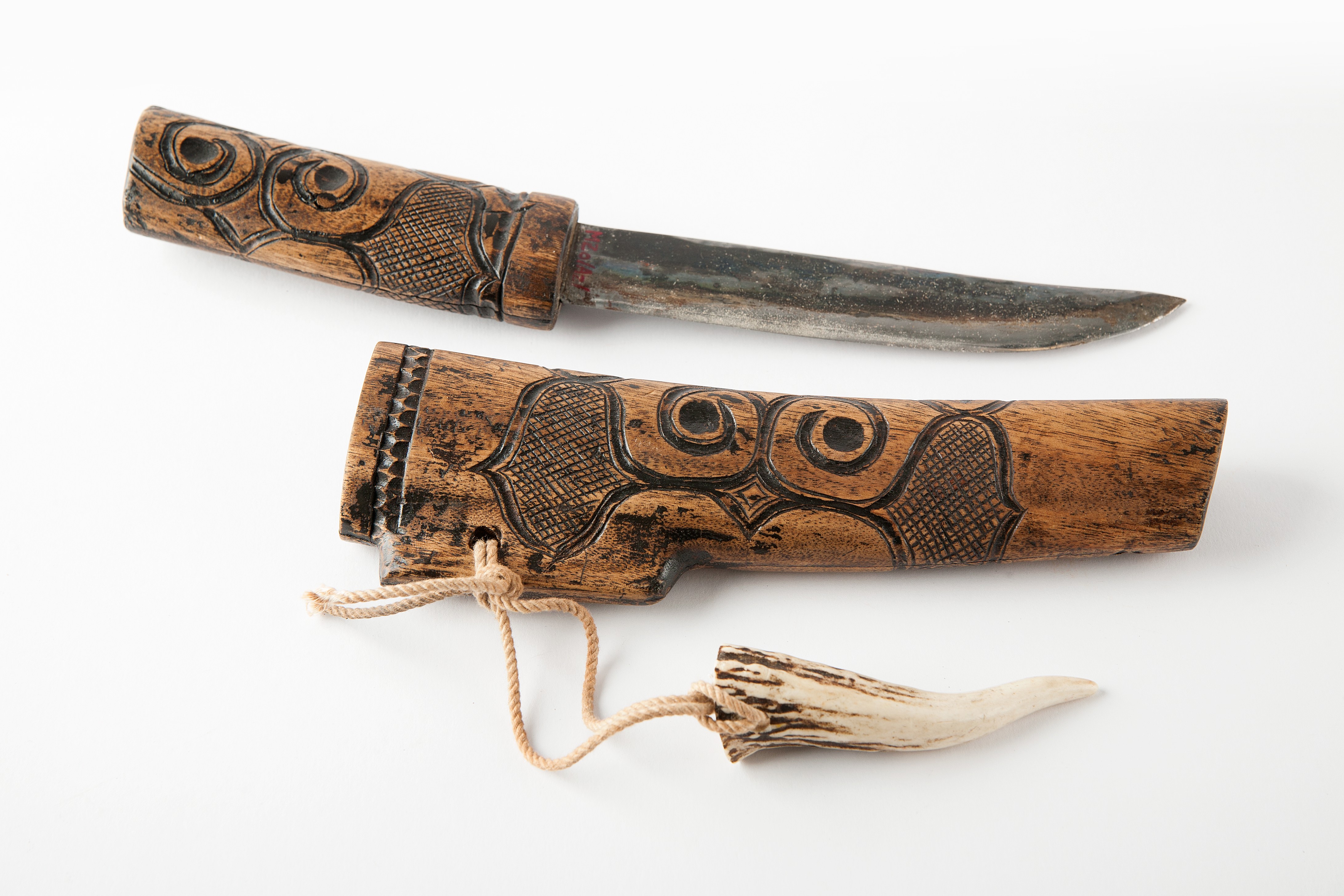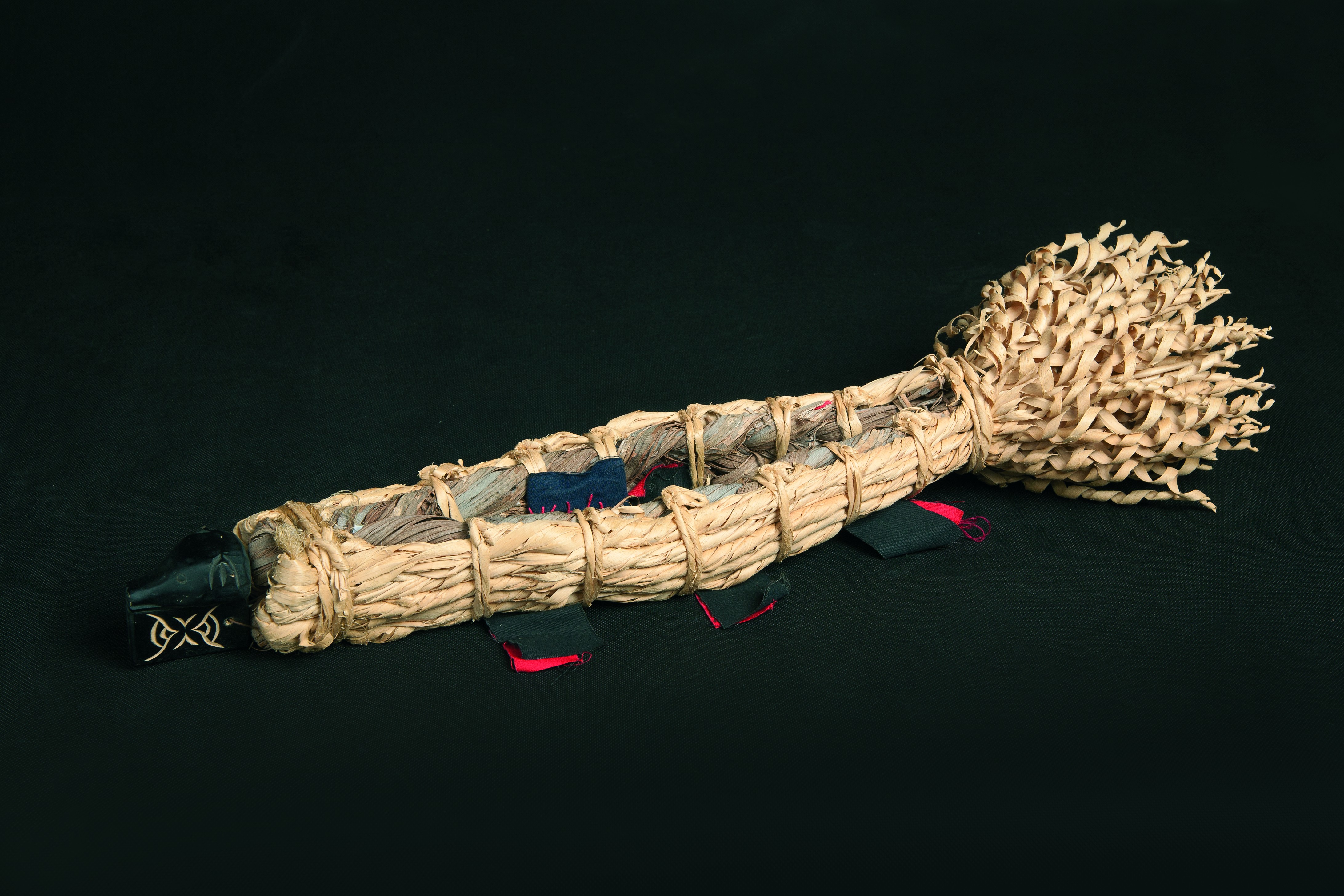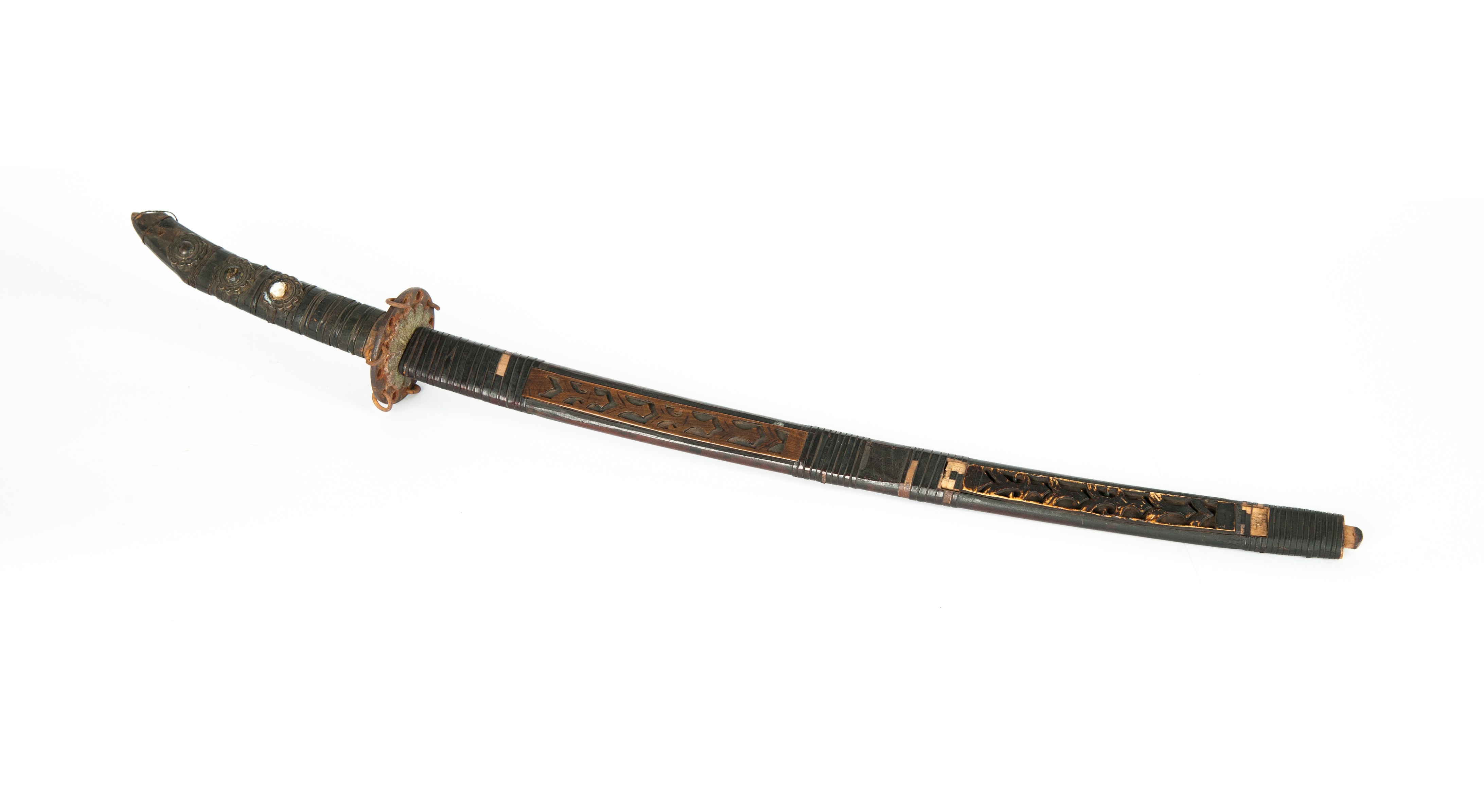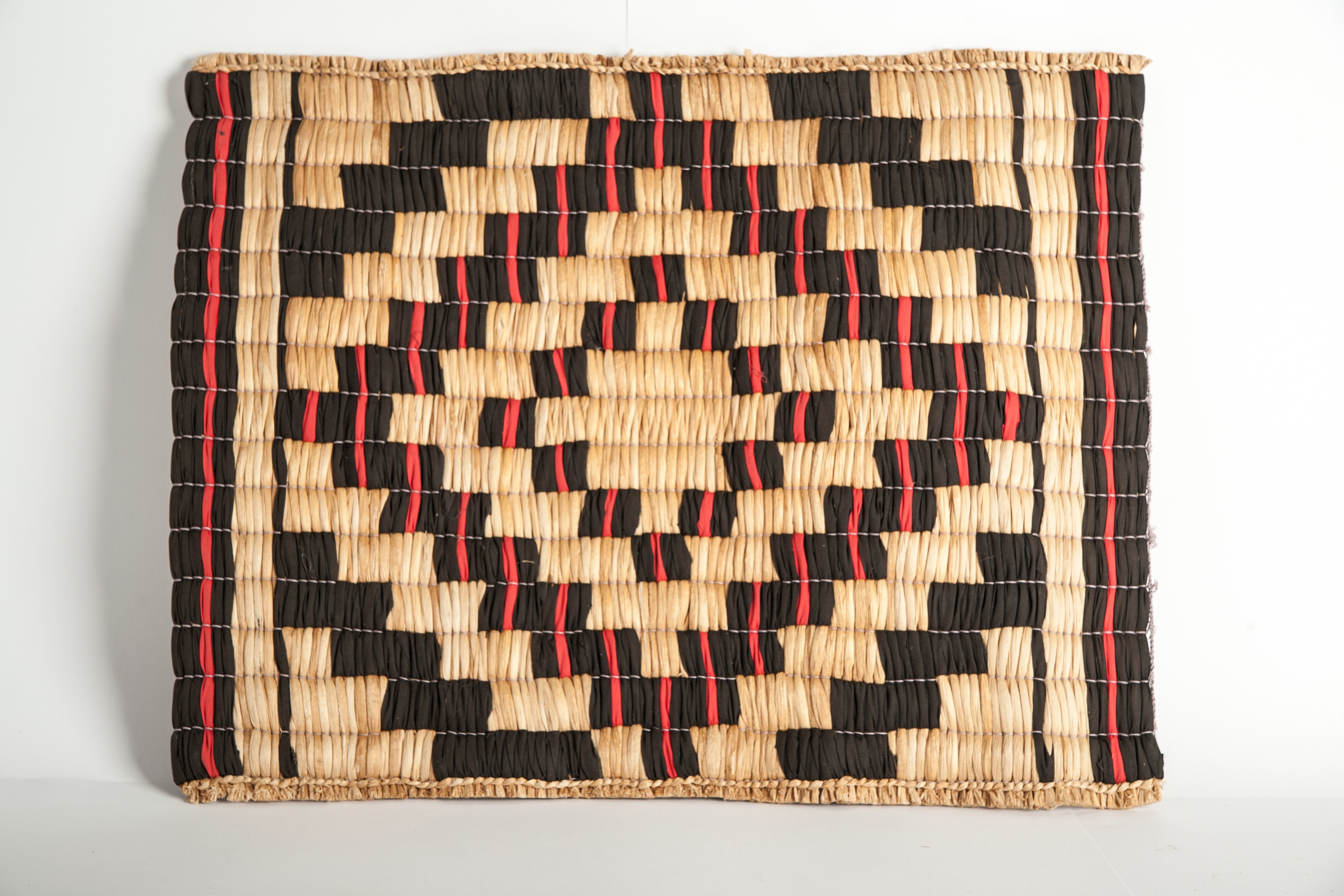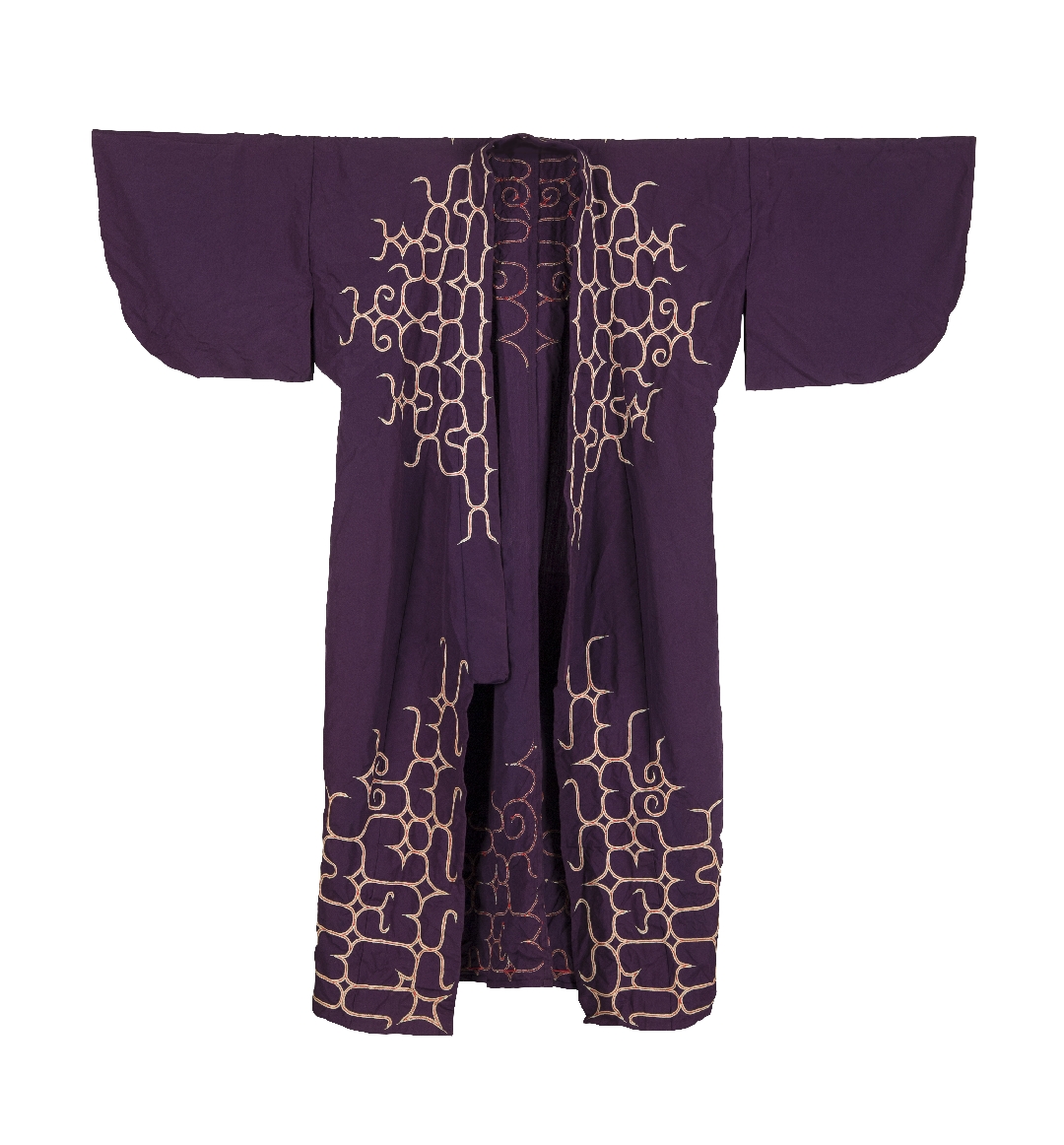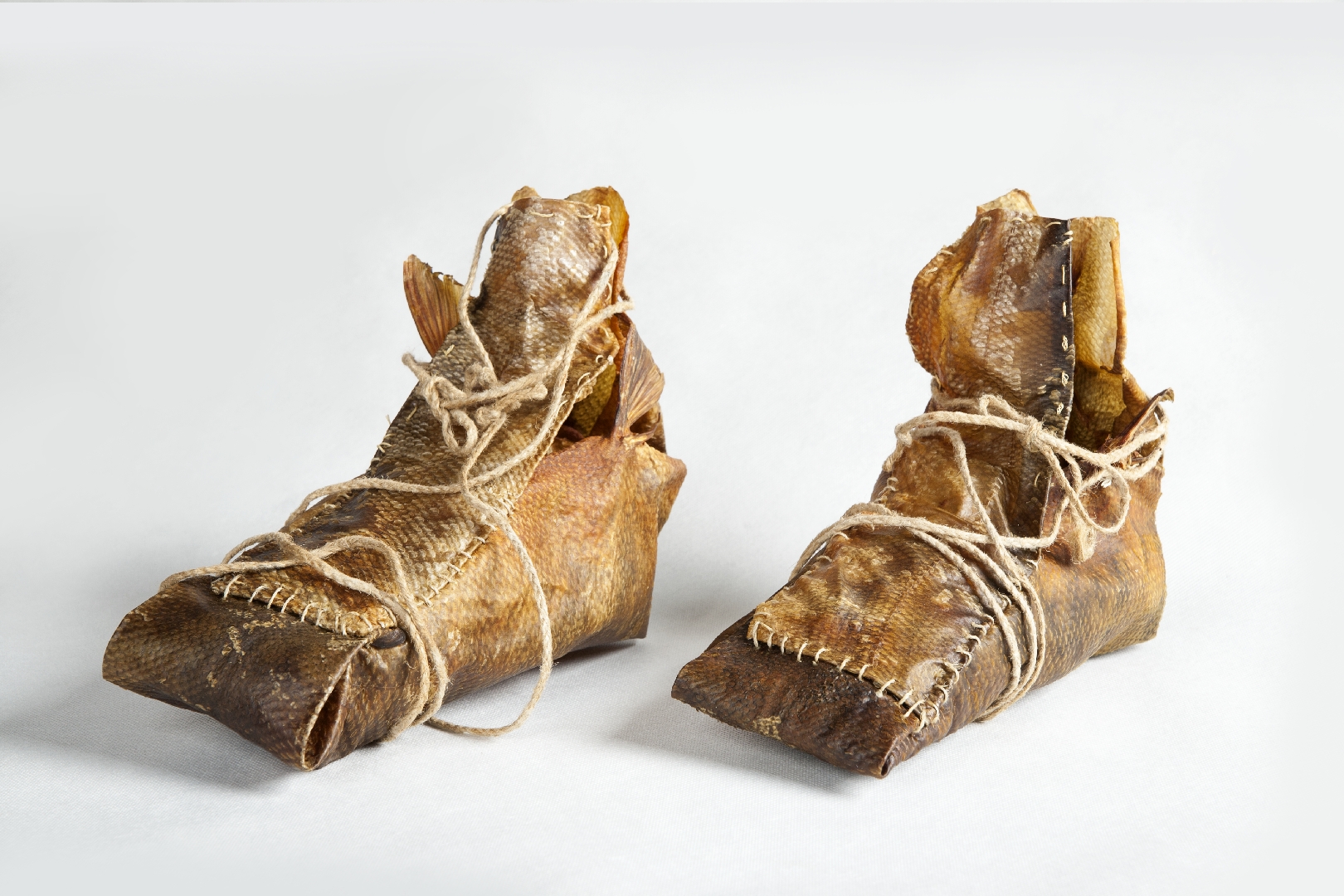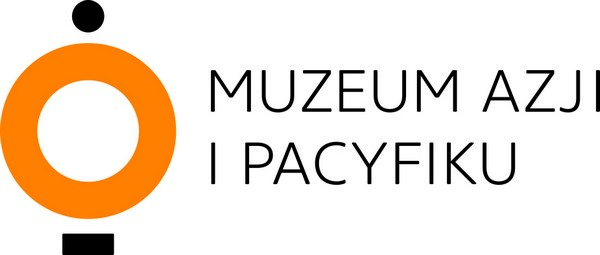THE WORLD OF THE AINU. FROM BRONISŁAW PIŁSUDSKI TO SHIGERU KAYANO
The “World of the Ainu” exhibition is a unique exposition composed of material evidence showing the culture of the indigenous population of Japan.
The exhibition features objects related to both the everyday life of the Ainu people (tools and sourcing of raw materials, clothes, preparation and serving of meals), and the world of beliefs and rituals. A separate category includes contemporary “Ainu Design” products, playing currently the role of souvenir art, as well as exhibits illustrating Ainu beliefs and rituals. The objects collected illustrate the process of change over the past 150 years. It is a museum record of the disappearance of one of the most interesting autochthonous cultures of this part of the world, “saved” from oblivion by the ethnographer Bronisław Piłsudski.
It is hard to overestimate the value of the scientific heritage of Bronisław Piłsudski, the elder brother of Józef, who was exiled to Sakhalin after a plot to assassinate the Tsar was uncovered and the would-be assassins exposed. He was an outstanding researcher into the cultures of peoples of the Far East, but also – after his brief return to Poland – of the Tatra highlanders. His opus magnum, the research among the Ainu people, is considered to be the source of the renaissance of their culture.
Shigeru Kayano, the now deceased social activist and politician, was the first and so far only declared Ainu parliamentarian in Japan. Thanks to his commitment, in 1997 the Japanese parliament passed a law protecting and ennobling the Ainu culture. He was famous for speaking Ainu language during parliamentary sessions, causing consternation among his Japanese colleagues. He was the author of a book on Ainu material culture in the mid-20th century, and a great admirer of the figure and scientific achievements of Bronisław Piłsudski.
The exhibition is on loan from the City Museum in Żory. The collection presented was created starting from 2015. The main places where the exhibits were purchased were craft workshops in Biratori and antique shops in Sapporo, Tokyo and Brussels.
Curators: Dr Lucjan Buchalik, Tomasz Madej
Coordinator: Aleksandra Fudalej
Scenography: Masakazu Miyanaga
Graphic design: Masakazu Miyanaga
Exhibition prepared by the City Museum in Żory
![grafika z tekstem [journeys to the east]](https://www.muzeumazji.pl/maip/uploads/2022/08/baner_strona_english_tn-1140x220.jpg)


